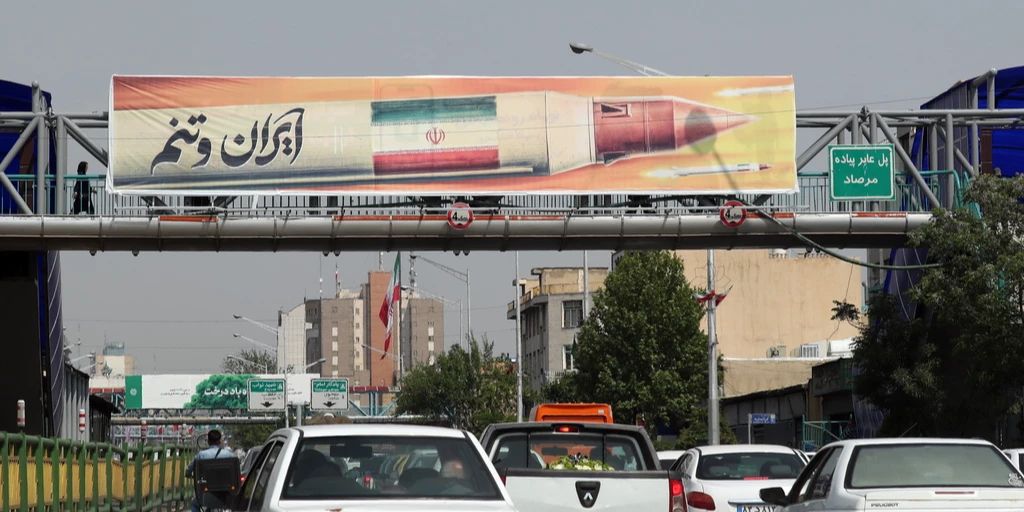1/13
At the launch site for Artemis 1: This NASA rocket with the Orion space capsule on its tip is intended to pave the way for a manned moon mission.
On July 16, 1969, Neil Armstrong (1930-2012) and Buzz Aldrin (92) became the first humans to set foot on the moon. The last manned landing on the moon was in December 1972. 50 years later Now an attempt is being made again for the first time to bring people to the moon. Space travel has changed compared to the pioneering days: while the USA and the former Soviet Union were the main players in the arms race, countries like China and India are now gaining in importance. In addition, people – especially Tesla founder Elon Musk, 51, and his company, SpaceX – are playing an increasingly important role.
With the Artemis program, the US space agency NASA plans to make another manned landing on the moon between 2026 and 2028. Last Monday, the first stage launch was scheduled from the US space port of Cape Canaveral. But due to technical problems, the launch was postponed.
Next Attempt Saturday: NASA wants to begin its second attempt on Project Artemis 1. The Orion capsule is scheduled to begin its journey into space at 2:17 p.m. (local time). The goal of Artemis 1 is to test the Space Launch System (SLS) and the Orion capsule at its tip, where the crew will later travel, under real conditions. But instead of astronauts, only dolls were on board this time.
Overseas assistance to manned flights
The then Soviet Union was the first country to successfully send a human into space: on April 12, 1961, cosmonaut Yuri Gagarin (1934-1968) flew around the world in his Vostok 1 spacecraft above the internationally recognized limit of 100 km. The United States finally reached the moon with their Apollo program. In 1972, this was discontinued for cost reasons, among other things. Later, the US space agency NASA often relied on outside assistance for manned space projects. Since the space shuttle program was discontinued in 2011, flights to the International Space Station (ISS) have been carried out with Russian Soyuz rockets.
Even Artemis could not be lifted by NASA alone. Space expert Min J. Schmidt, 64, on Blick: “The United States is definitely the world leader in space travel, but of course you have to distinguish in any field. If you start with a manned space flight, you have to realize that now NASA is relying on the capabilities of Elon Musk’s private space company SpaceX”.
Astronauts must change planes
The Artemis 2 stage, planned for 2024, will initially take astronauts into lunar orbit. A landing on the moon has not yet been planned. With Artemis 3, astronauts will finally be landed at the south pole of the Moon – landing with the help of a lunar module designed by Elon Musk. “Due to the collaboration with SpaceX, NASA astronauts on the Artemis 3 mission will have to switch to the lunar module in lunar orbit,” says space expert Schmidt. “This is a SpaceX Starship rocket, which has the advantage of being completely reusable and therefore cheaper to operate. On the other hand, the Artemis rockets are not new, but in principle they are the same as the Apollo rockets used on NASA’s moon landings in the 1960s and 1970s” .
The missile launch cost for the Artemis program is $4.1 billion. “In principle, the planned landing on the moon can be carried out only with Elon Musk rockets,” says Schmidt. “But this is not done for reasons that are justifiable to the taxpayer. After all, NASA has invested billions of tax dollars in the Artemis project.”
China and Russia are developing joint plans
According to Schmidt, there are currently no ongoing projects in Russia beyond flights to the International Space Station. But with China, there is another state actor capable of conducting manned spaceflights. China has expanded its position in space in recent years: with Tiangong, the country has its own space station in orbit. The Chinese spacecraft Zhurong successfully landed on Mars on the red planet in May 2021. Chang’e 4 is the first-ever lunar probe to explore the far side of the Moon. Chang’e 5 collected rocks on the Moon and returned them to Earth.
China and Russia announced last year that they wanted to build an “international lunar research station” together. The project will consist of a space station in lunar orbit, a station on the lunar surface and several lunar probes. Astronauts should also be sent to the Moon by 2036 at the latest.
India is building its own spaceship
India is also trying to get a place on the moon. In September 2019, the Indian spacecraft Chandrayaan-2 was supposed to land on the moon but crashed due to a software error. Another attempt for Chandrayaan-3 is scheduled for 2023.
In cooperation with Japan, India wants to use robotic technology to explore the south pole of the moon in the coming years. A spacecraft is currently being developed for manned space flight. The first mission with astronauts is planned for 2024.

“Tv specialist. Friendly web geek. Food scholar. Extreme coffee junkie.”





More Stories
Train Travel in Europe – Train Delays and Cancellations: Who Pays the Extra Costs? – Espresso cash register
Car or public transportation? The Swiss and Americans commute to work very differently
Pedro Sanchez is considering resigning after filing a complaint against his wife